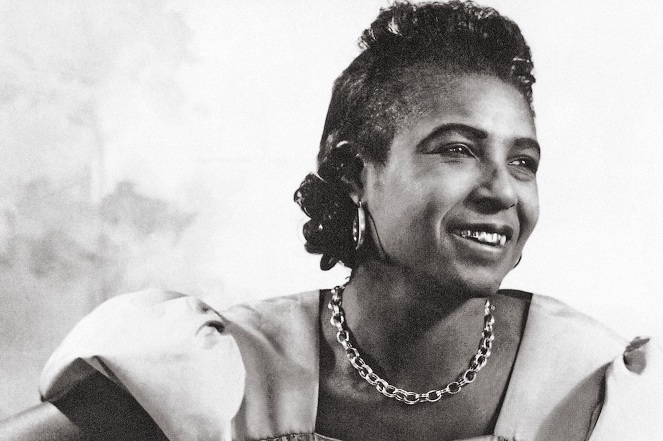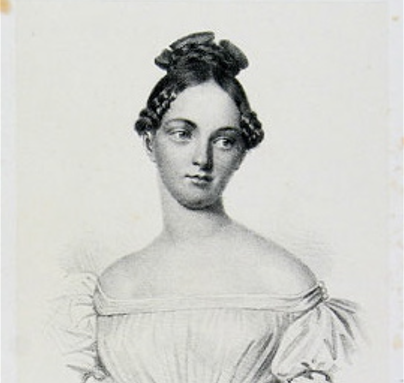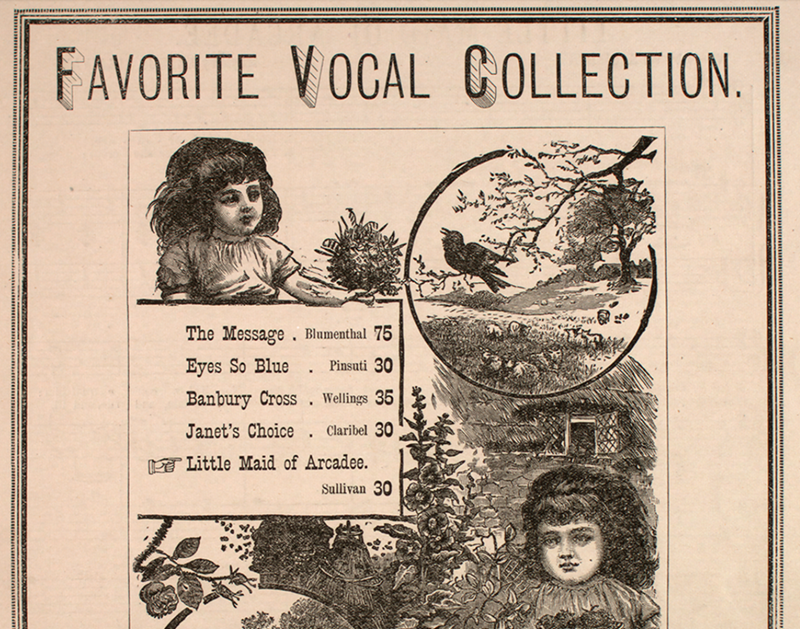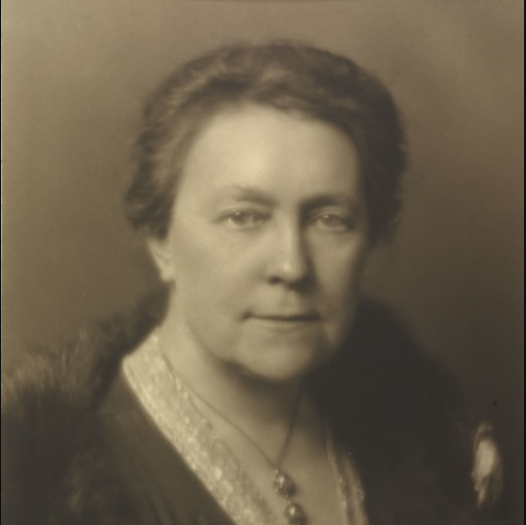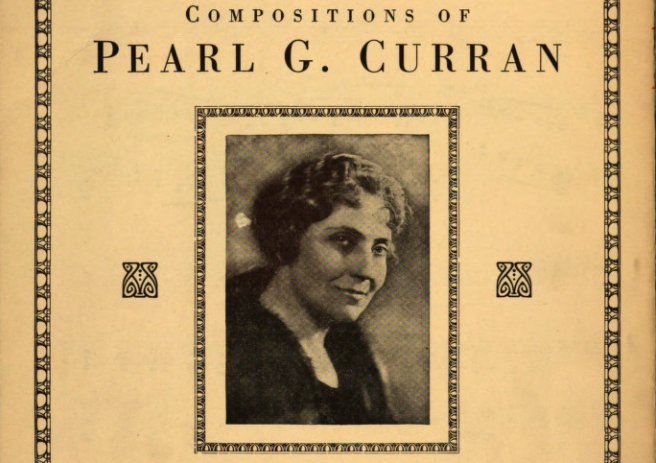The propensity to believe Minnie’s autobiographical construction in her lyrics extends beyond the birthplace in Algiers, Louisiana (see Part 1) or her bout with meningitis (“Meningitis Blues,” 1930). Some critics also believe that her representations of prostitution in “Hustlin’ Woman Blues” (1935) and her cover of the Lucille Bogan song, “Tricks Ain’t Walking No More” (1931) are based on first-hand experience. While not impossible, it is striking that those who take her at her word in these songs do not extend autobiographical readings to the denial of the New Orleans birthplace in “I am Sailin’” (1941) or the criminal activity in “Finger Print Blues” (1940).
Signifying – the African American art of verbal dexterity that uses tropes to create multiple meanings in order to temporarily disrupt power relations – is on display in most of her lyrics. From the prominent use of food and cooking metaphors (“Keep on Eating” 1938, “I’m Gonna Bake My Biscuits” 1930, “You Stole My Cake” 1932, “I’m Selling My Pork Chops” 1935, etc.) to the references to machinery (“What’s the Matter with the Mill” 1930, “Socket Blues” 1932), humorous sexual signifying abounds in her lyrics. Beyond the hokum and innuendo, she also deploys extended metaphors. For example, she compares the “Chickasaw Train” (1934) to another woman stealing her man: “She done stole my man and blowed that smoke on me,” “I went down to the railroad track, that Chickasaw wouldn’t let me ride the blind.” Given the art of signifying, how does one choose what to believe?
Beyond the usual tensions in male/female relations that stem from infidelity expressed in the blues, like those of singers of the 1920s, Minnie’s lyrics also celebrate women’s sexual pleasure. In one of her best-known songs, “Me and My Chauffeur” (1941), she beckons to her chauffeur to “drive [her] downtown,” adding, “He drives so easy, I can’t turn him down.” More significantly, “In My Girlish Days” (1941) recounts the sexual exploits of a young woman that lead to her banishment from home by her parents (“Oh, daughter, look what a shame on you”). The final verse has the narrator defending female pleasure as consistent with a healthy and guilt-free sense of self: “I had to travel ’fore I got wise / I found out better / And I still got my girlish ways.” Self-accepting and confident, she admits that her “playmates is now surprised,” perhaps by her unapologetic pursuit of sexual satisfaction. In her early hit, “Bumble Bee,” a song she recorded six versions of between 1929 and 1930, the narrator calls to her gifted lover: “Bumble bee, bumble bee, please come back to me [2x] / He got the best old stinger any bumble bee that I ever seen.”
Some of her lyrics are blunt, painting brutal portraits of gambling and prostitution (“Georgia Skin Blues” 1930, “Hustlin’ Woman Blues” 1935). She even evokes racial discrimination through segregated housing and its toll in “Call the Fire Wagon” (1939), and “Plymouth Rock Blues” (1930) hints at segregation, as the narrator sorts her roosters and hens. As the narrator of “Call the Fire Wagon” watches her home burn, she describes a scenario familiar to members of her African American audience: “This big city’s all right, but I’m so far from town / A shack catches fire, you know it’s got to burn down / So call the fire wagon, call the fire wagon / Call the fire wagon, ain’t no fire wagon in town.” More explicitly, in “Nothing in Rambling” (1940), while the refrain announces the intention to “get married and settle down,” the narrator finds herself the victim of police violence: “I was walkin’ in the alley / My hand in my coat / The police start to shoot me / Thought it was something I stole.” In “Finger Print Blues” (1940), she completes the portrait of a tough, armed woman, facing jail time: “When they found my gun, they found my switchblade knife [2x] / Well, you know about that, they’ve got my finger print twice.” In the face of double discrimination, as a Black woman, Minnie’s self-construction as independent, armed, self-aware, and honest strikes a new chord in the figure of the blueswoman, more akin to the life of rural players performing in dangerous juke joints than the glamour of the theatrical queens.
As may already be clear from the citations of lyrics, Minnie’s songwriting often employs an unusual verse structure for the blues. Although she does use the standardized AA′B form at times, she often writes lyrics that repeat in a building pattern and uses a refrain closer to other popular song forms. Pulling from hokum and jug band styles, as well as from vaudeville, her corpus presents a hybrid character: not the women’s “classic” blues, but also not the male rural or urban blues either. Her clear diction, strong voice, and degree of vocal control (depending on the song), enable the communication of a strong message of self-sufficiency and self-determination. Minnie is no fool. Her songwriting, her vocal performances, and, above all, her prowess on guitar seemingly present a self-consciously anomalous figure in the history of the blues.
Notes
All songs cited in this post are available on YouTube.
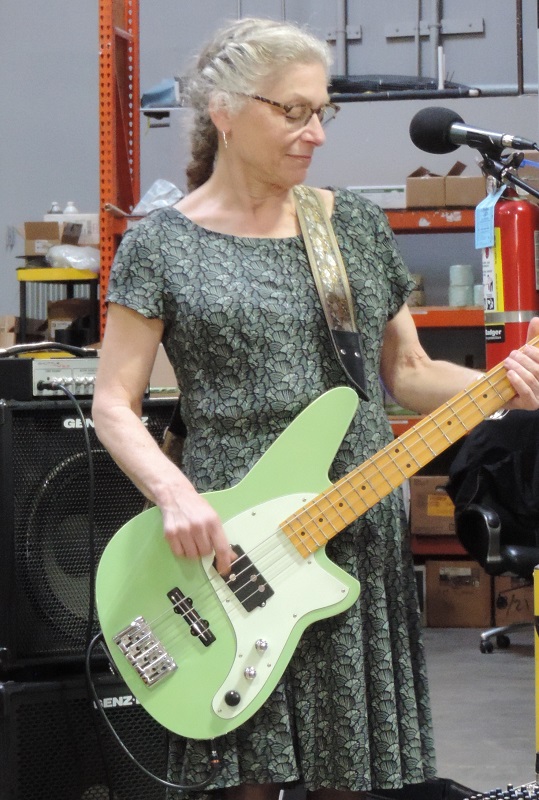
Guest Blogger: Julia Simon
I have been playing blues for the last 21 years, first as a drummer and now as a bassist. As a result of my passion, I changed my research focus from 18th-century French literature and culture to the cultural history of the blues. My blues books are Time in the Blues (Oxford University Press, 2017); The Inconvenient Lonnie Johnson: Blues, Race, Identity (Penn State University Press, 2022); and Debt and Redemption: A Call for Justice in the Blues, which is forthcoming with Penn State University in spring 2023. Additional details are available on my departmental webpage.


